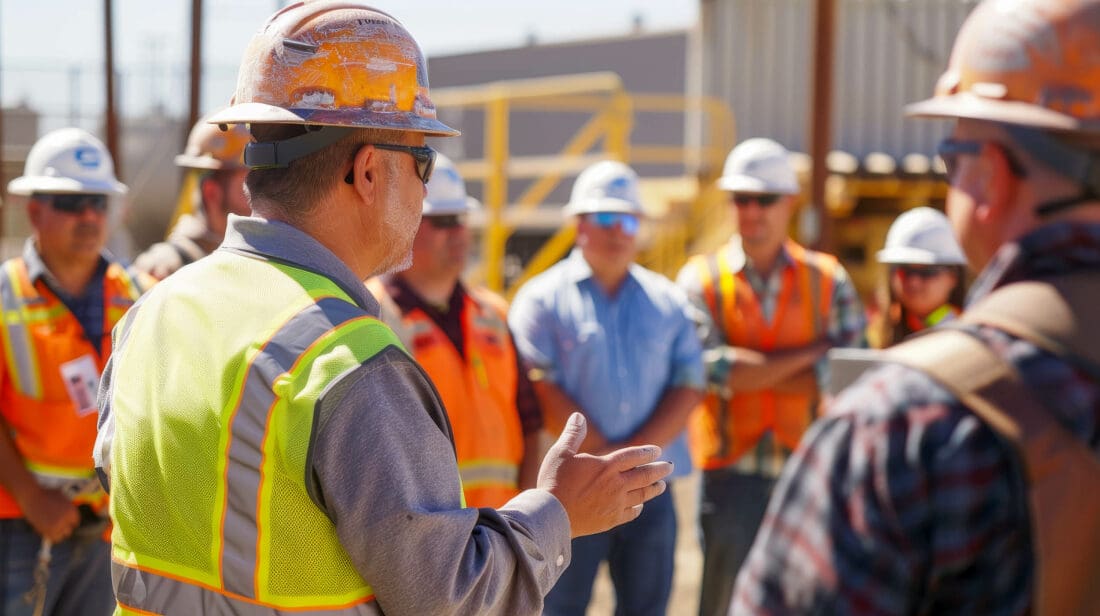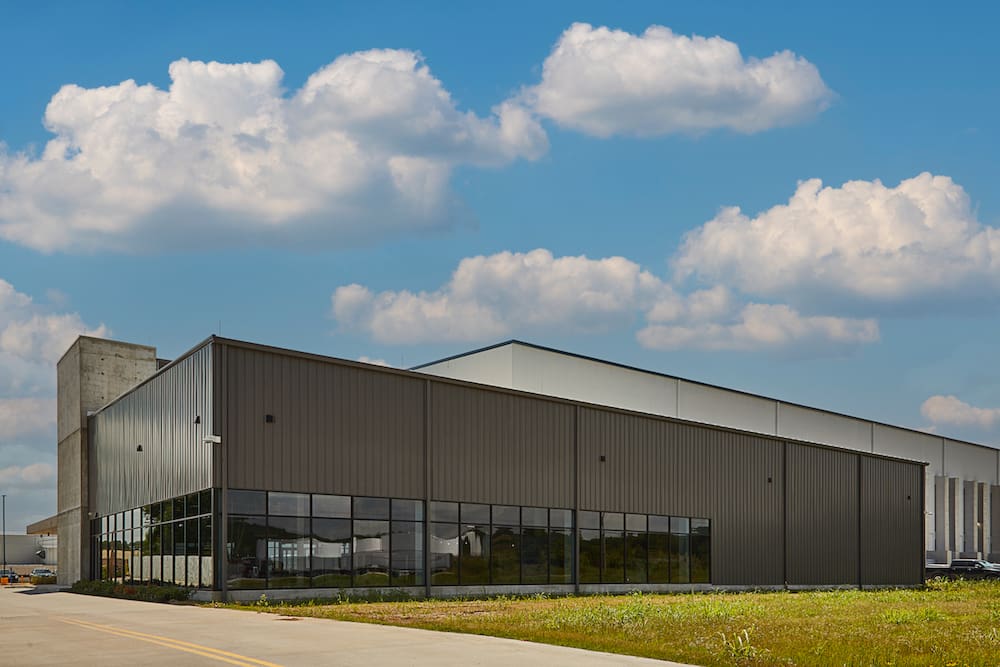John Gilbertson
Executive Vice President, Founding Partner
Serving as pre-construction manager, John provides all estimating and pre-construction services on Fleming projects. Working with owners and design professionals to ensure their vision becomes reality, John develops bid packages and assigns scope of work to trade contractors in a manner that incorporates all facets and stages of a project.
With an acute attention to detail and ability to forecast potential risk, John develops complete project assessments within the pre-construction phase of service that provide building owners with the information they need to make important decisions before they become crises.
Using his knowledge, built over years of experience as a subcontractor, construction manager, and company owner, John provides building owners with a vantage point of the job that lays a foundation for success from start to finish.
John holds a bachelor of science degree in construction management from Oklahoma State University.











